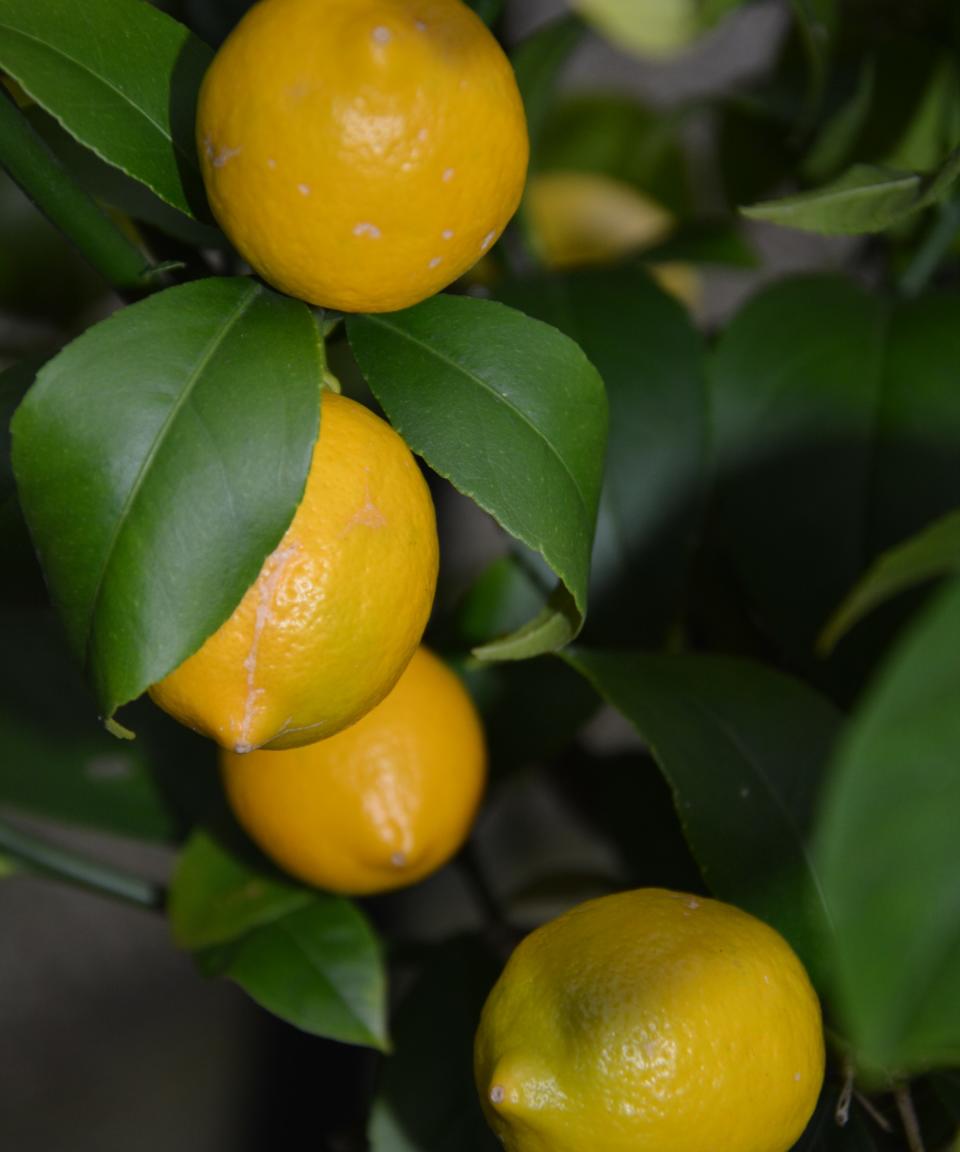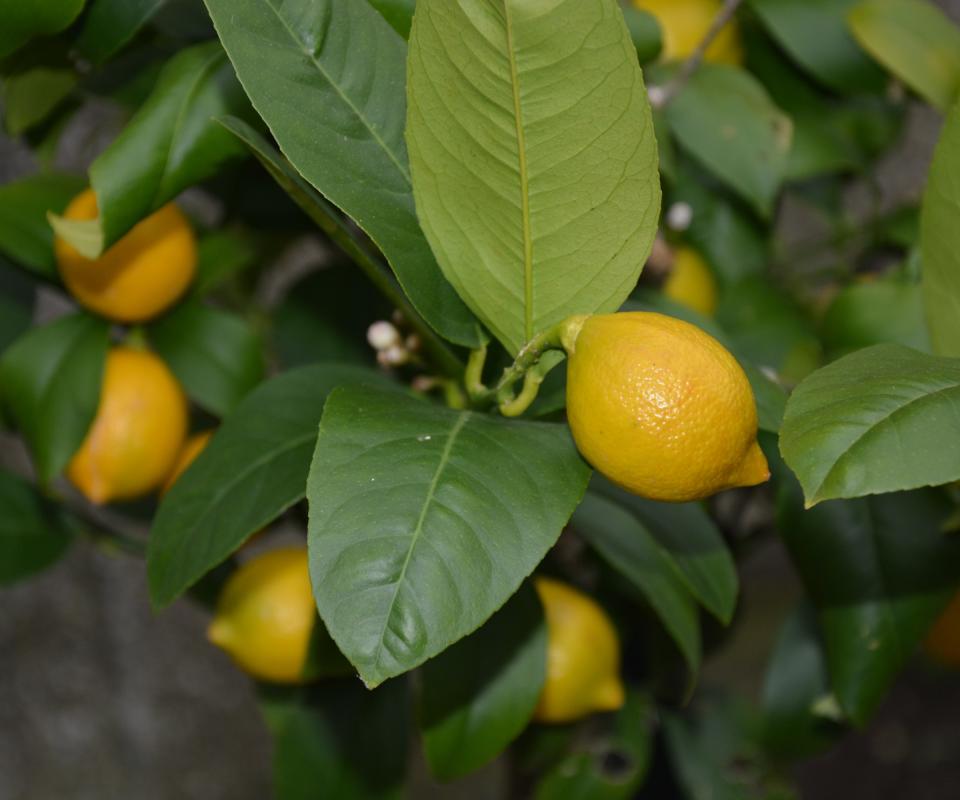When to prune a lemon tree – get your timing right to keep trees looking neat and producing fruit

Knowing when to prune a lemon tree is important as getting the timing right will boost its health and give you more delicious fruit to enjoy. The popular citrus trees are commonly pruned from late winter to early spring and do not require specialist knowledge to keep them clipped.
A lemon tree is a great fruit tree to grow in the yard or on a deck or patio, not only are they easy to maintain but they give the space a Mediterranean vibe. They look good and provide you with fruit for cooking, baking, lemonade, or for a slice in a refreshing drink of your choice.
Following the correct methods for pruning a lemon tree at the right time of year means you can keep the tree looking smart and healthy.

When to prune a lemon tree
The best time to prune citrus trees, including lemon trees, is when they are starting to grow, in late winter or early spring. The pruning window is between the coldest period of the year and when the stems are shooting. It is important to make sure that there is healthy growth on the lemon tree before pruning. If the tree looks sickly, or there are signs that it is ailing, then put the pruning shears away.
Martyn Cox, a fruit and vegetable growing expert, explains what one of the prime reasons is for clipping your lemon trees. He says: ‘Plants won't need much pruning, but you can cut back side shoots to maintain an attractive, rounded shape. Do this between late winter and early spring.’
Citrus trees will enter their period of dormancy at the end of the growing season and this is the earliest you can consider pruning them. You can prune lemon trees all the way through to early spring, when they are starting to grow. Assessing the tree at this stage, where growth is just starting, means you can best consider the shape and structure you are aiming for by pruning.
In spring you prune to maintain the neat shape you are aiming for - lemon trees can be clipped in various shapes, including round-shaped, bushy, or as standard trees for a more formal garden design – and thin out the center of the plant to allow light and air to get in. As well as keeping them looking neat, the tree will respond to the pruning by producing more flower buds, which in turn can reward you with more fruit.
Prior to doing any pruning, make sure to clean and sharpen pruning shears as blunt blades can leave your lemon trees at risk of infection. Cleaning garden tools, including pruning shears, can be a quick and simple job and will make pruning easier and safer for your plants. An ideal pair of pruning shears for pruning lemon trees is the Felco Ergonomic Hand Pruner available on Amazon.

When to prune lemon trees in warmer climates
Lemon trees are one of the best fruit trees as they can flower and fruit year-round in warmer climates. If you live in a warmer zone then the tree may continue flowering and fruiting throughout the winter months.
You can prune lemon trees when they are flowering, however, even in warmer climates, prune in winter or spring and refrain from pruning in the hottest months.
Never prune lemon trees while they are flowering or producing fruit during the warm summer months. Pruning at that point in the year will risk hampering the lemon harvest. However, you can pinch back the tips of some vigorous branches and this can encourage further branching.
Lemon trees are perfect for any Mediterranean garden ideas and can transform a backyard as they look magnificent with their white flowers and fragrant yellow fruit. As lemon trees can fruit and flower together, you may have both at the same time. They look good, evoke summer memories, and provide you with fantastic fruit.
And they are versatile, as growing citrus inside is even a possibility. If you had considered a lemon tree as part of a kitchen garden then, not only do they make a great addition to a deck, or patio, but they are simple to prune and maintain in late winter and early spring.

